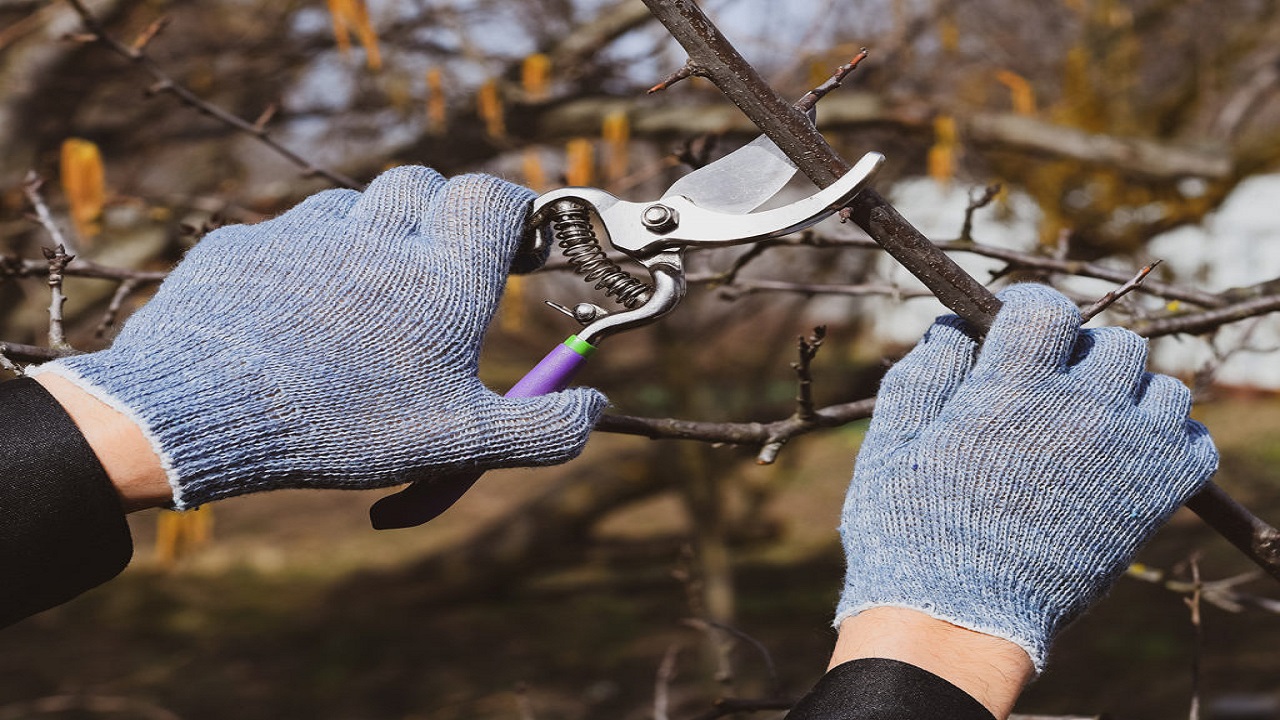Pruning shears are some of the most essential tools that one should have no matter their experience in gardening. Pruning shears should be used correctly to assist the plants in growing as well as to assist them in looking good. The pruning shear manufacturer gives importance to the quality and strength of the products that are used, this will assist in achieving the best results. Here are some details about pruning and managing the size of the plant.
Preparing the Tool
Before trimming, there are a few fundamental procedures to follow. For the tool to function as intended, it needs to be cleaned thoroughly. Precise cutting is facilitated by sharp shears, just as a sharp knife easily chops vegetables. Regular honing and cleaning with rubbing alcohol or a bleach and water solution are recommended for the blades. This not only sharpens the blades but also lessens the chance of the disease spreading to any neighboring plants.
Understanding the Plant's Needs
Each plant is different, so it's critical to know what kind of care is required for appropriate plant pruning. Having said that, it should be recognized that every plant is unique and that varied techniques and timing are required for trimming. The process of cutting off undesired branches from plants and trees is called pruning. To maintain a plant's health and improve the garden's visual appeal, it is important to know which plant to prune when.
Making the Cuts
The angle is also important when it comes to the shaving and cutting process that is to be made. To ensure that the plants do not grow inwards, the cuts should be made slightly above an outward-facing bud to direct the plant outwards. To minimize the exposure of water to the cut surface and hence increase the likelihood of getting infected, the cut should be made at 45 degrees.
Removing Dead or Diseased Wood
Pruning serves the primary function of removing unhealthy or dead timber. The appearance of dead branches is dry and brittle, and they are devoid of leaves. Unusual growths or blooms may be visible on diseased branches. By removing these sections of the plant, you can stop the disease from spreading and free up the plant's energy for strong, healthy growth.
Shaping the Plant
Shaping is the process of cutting branches in certain ways to get the preferred shape. This can benefit the plant's general health as well as its aesthetic appeal. Gardeners should regularly stand back from their shaping work to evaluate the overall shape of the plant and make sure they are not over-pruning. It's critical to preserve the plant's organic form while trimming any branches that cross and may injure the plant by rubbing against one another.
Regular Maintenance
Plants require regular care to stay healthy and symmetrical. Pruning should be a frequent element of a gardener's routine maintenance regimen, which includes routine plant inspection and necessary trimming. This promotes new development, aids in controlling plant size, and keeps possible issues from getting worse.
Conclusion
It takes a combination of the right equipment, technique, and knowledge of the requirements of the plant to use pruning shears properly. Gardeners may keep healthy, bright, and well-maintained plants by choosing the right shears, caring for them properly, and according to best practices while pruning and shaping. Frequent trimming increases a garden's aesthetic appeal while also extending the life and strength of the plants.


